Google Malmö and among the suggested search results are the local university, the airport and the football team. All of which are fine and dandy but hardly the most enticing things to check out for somebody who is just in the city for a few days.
Malmö is located on the southern tip of Sweden and is very close to neighbouring Denmark. As a result it has an identity all of its own and locals like to point just how much better things are down south compared to up in Stockholm.
The weather being just one of them of course. So along with soaking up the sun during the summer what else should one do when checking out all that is good and great in Malmö?
Fear not, as our fully-fledged Malmö convert guides you through some of the best things about the city.
1.Take a sauna at Kallbadhus
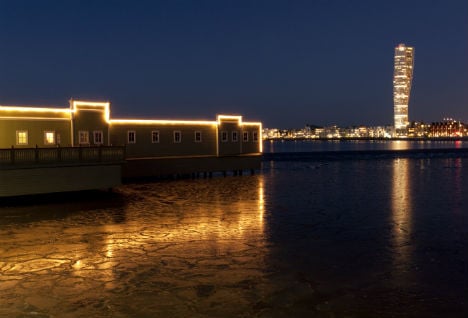
Photo: L.E Daniel Larsson/Flickr
Plenty of cities have a Kallbadhus but none can match the location of the one in Malmö which overlooks the Öresund sound and the iconic bridge to Denmark. Literally translated as the cold bath house, it is more fun than it sounds. Users are encouraged to get naked if they want to (a 'tush mat' is provided for your behind) and enjoy a sauna before jumping into the sea to cool off.
2. Sample some spettekaka
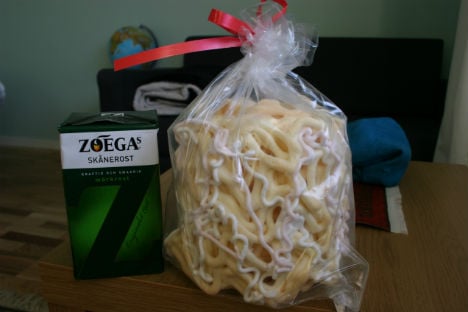
Photo: The Local
The tall dessert is a southern specialty requiring a careful hand and something super sharp to cut it properly. Spettekaka is also rather sweet and dry, meaning it isn't to everyone's taste, but when in Malmö you have to give it a go. Goes well with a cup of the local Skånerost. Good places to find spettekaka are Martin's Konditori on Södra Förstadsgatan, Mormors Bageri on Spångatan and Bröder & Systrar on Östra Rönneholmsvägen.
3. Folkets Park
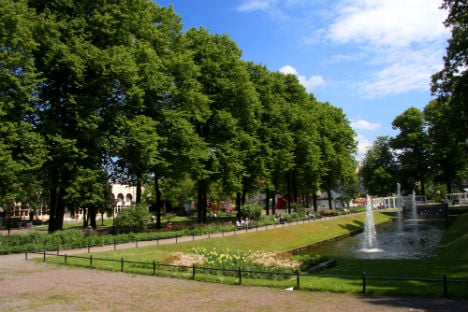
Photo: Guillaume Baviere/Flickr
Malmö is known as the city of parks with acres of green space for walking, biking, barbecuing etc. Perhaps the best known is Folkets Park (People's Park) which often plays host to concerts and has a huge playground for children. You'll find a mini zoo with a parrot who can say hej då (goodbye) along with a water fountain in the shape of a giant flower. Revellers can party long into the night by popping into Moriska Paviljongen.
4. Be a hipster in Lilla Torg
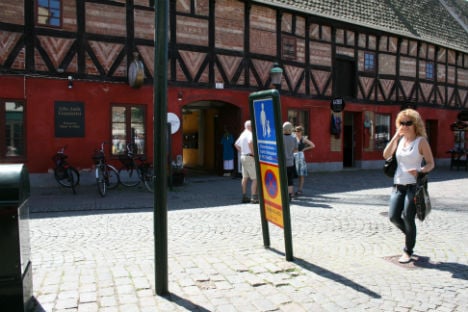
Photo: David Hall/Flickr
Stockholm has Gamla Stan while Malmö has Lilla Torg, a charming little square in the heart of the city centre. Granted, the drinks aren't cheap compared to other parts of town (see Möllan in next slide) but the square is a fine spot to do some people watching and mingle with locals and tourists alike. Be sure to drop into independent record store Folk å Rock and browse the vinyl section before relaxing outside with a beverage.
5. Lap up multicultural Möllan
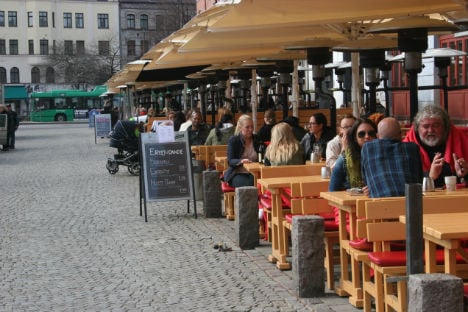
Photo: The Local
If Lilla Torg is the tourist hotspot then Möllevångstorget is the bohemian cousin buzzing on the other side of town. There's a vibrant market during the day selling everything from fresh fish to flowers. In the evening the area remains a hotbed of activity with lots of bars serving drinks cheaper than you will find elsewhere. Decent watering holes are Ölkaféet and Restaurang Nyhavn.
6. Get on your bike
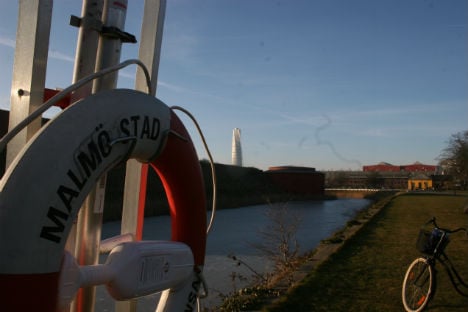
Photo: The Local
Malmö, and indeed the rest of the region of Skåne, is as flat as a pancake, which makes it ideal for biking. Plenty of places offer bike rental such as Travelshop Malmö on Carlsgatan. There is much to discover by hopping onto two wheels, like venturing out to Bunkeflostrand to see where the Öresund bridge begins or simply biking throughout the city centre out to western harbour which brings us nicely to…
7. Turning Torso/Western Harbour
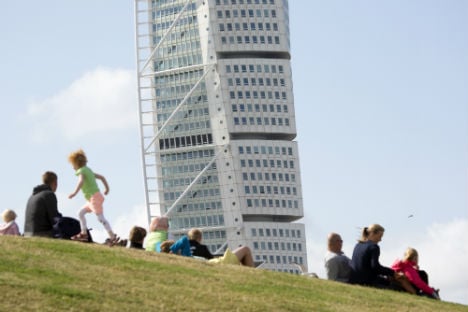
Photo: News Oresund/Flickr
No visit to Malmö is complete without the obligatory rubbernecking glance at the Turning Torso. But it's not the only thing worth seeing in the western harbour. Talk a leisurely stroll to see the epic Kockums shipyard, where submarines are built, or simply gaze at the yachts bobbing in the harbour or the penthouse apartments which sell for millions for kronor.
8. Food, glorious food
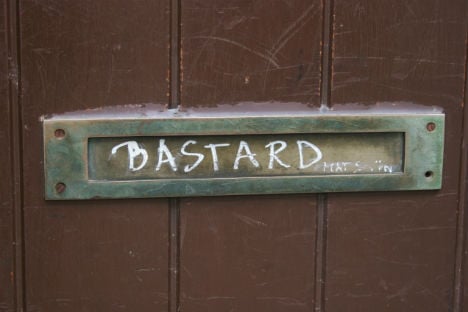
Photo: The Local
The aptly named 'Bastard' restaurant on Mäster Johansgatan has long been fêted by critics as serving the best food in town. It is an authentic cuisine experience for all foodies out there. Not too far away is Gränden on Malmborgsgatan, which is only open for a few months every summer, and is set in a stunning outdoors location. On the other side of town is Ariana restaurant on Nobelvägen which is renowned for its Afghan Manti dish.
9. Hit the library
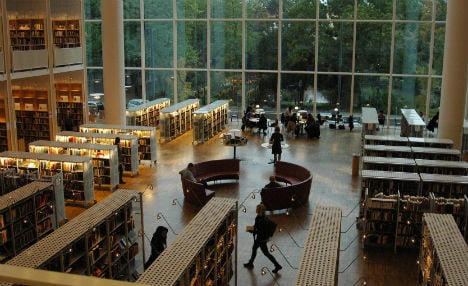
Photo: Per Egevad/Flickr
Yes, you did read that right. Malmö's city library is an architectural marvel which is the pride of the city after having a makeover in the late 90s. The so-called 'Calendar of Light' allows the sun to shine brilliantly inside the building, where you can enjoy views of the city. Over a million people visit the library each year and there are always events going on to keep you entertained.
10. Take a ride on a pedal boat
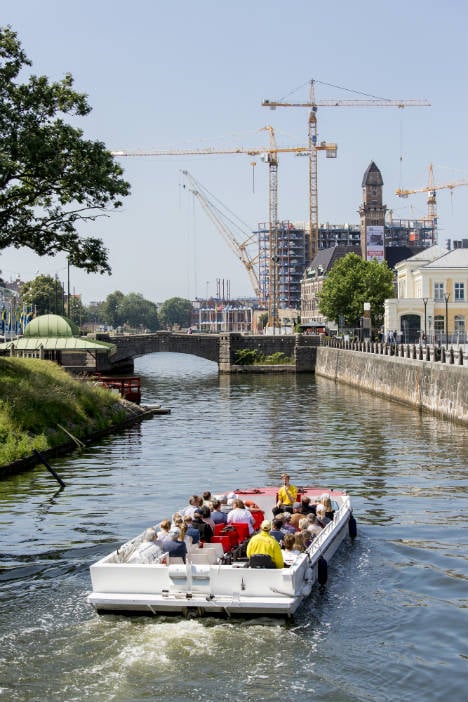
Photo; News Öresund/Flickr
If biking or walking isn't your thing they you can always put your feet up (for a bit) and sample a pedal boat. Explore Malmö's canals and check some of the sights from water level including Malmöhus Castle, where there are several museums. Don't venture too far as you may end up in Denmark. If pedalling is too much effort you can always hop on one of the regular tourist boats (pictured).

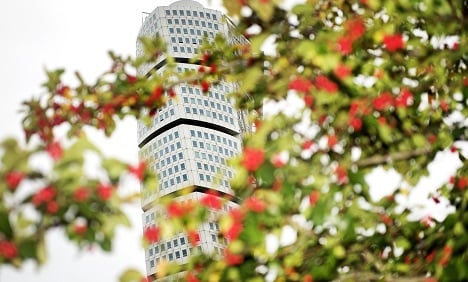

 Please whitelist us to continue reading.
Please whitelist us to continue reading.
Member comments